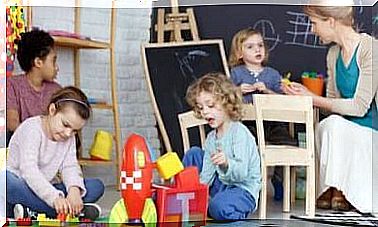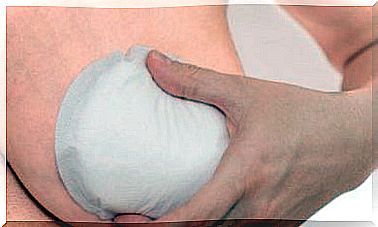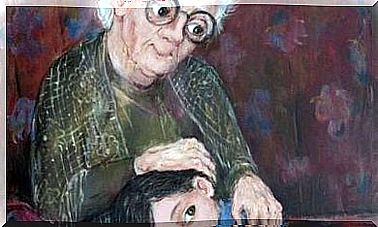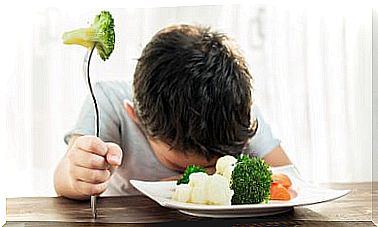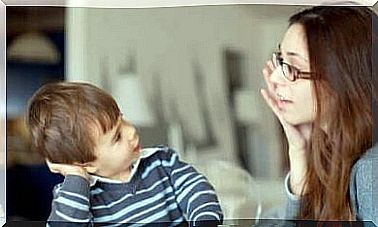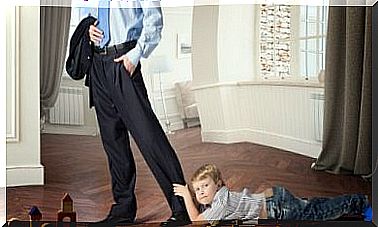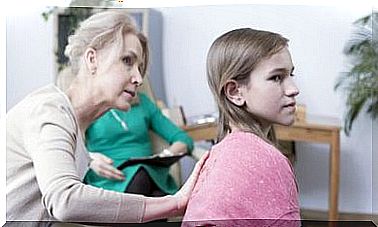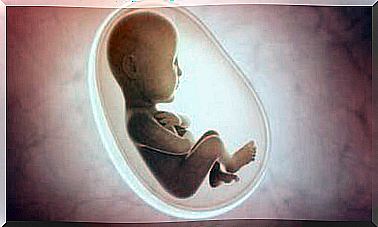Transition Objects – Toys Your Child Can’t Live Without
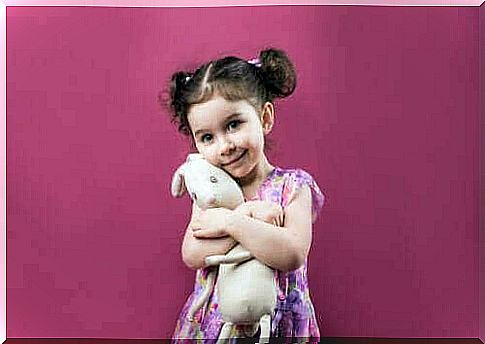
Every parent knows that children often like and become attached to a particular plush toy or rag. The child takes this object with him wherever he goes, and it seems that he could not live without it. But what do these transition objects, or transition objects, really mean on a psychological level?
What are transition objects?
Pediatrician and psychoanalyst Donald Winnicott created the concept of a transition object to describe an object or thing that a child first identifies as a separate issue from themselves.
Transition objects are material objects to which a child feels a certain kind of attachment. The child shows a special preference for the transition object, and always carries it close by. When the child is down or out of his mind, he turns to an object that is important to him.
The transition object is not really for play, but rather it is about owning and possessing a transition object. The child holds it in his arms, may hold it in his mouth, kiss it and hug it tightly, and may even throw it on the floor.
It is entirely in line with a child’s healthy psychological development that the child has some kind of transition object. The transition target has an important role to play at the stage when the child is separated from his or her mother. It also plays an important role in identifying a child as an individual.
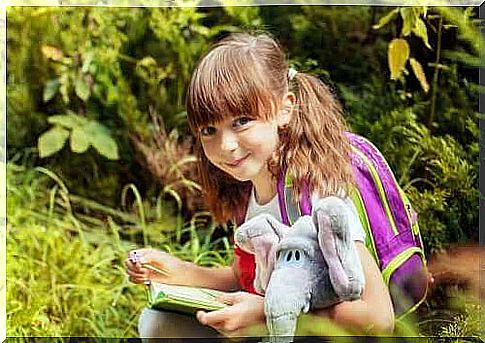
It is important to keep in mind that this process is different for each child, and not all children develop an attachment to the transition object.
What are the characteristics of a transition object?
All children are different, and so are their transition targets. However, all transition objects have some features in common. These include:
- They feel pleasant; often they are soft and smooth. This is because, according to Harry Harlow’s attachment theory, the transition object refers to the mother’s clothing. According to Harlow’s theory, all small beings have an innate need to cling to a soft figure from which he finds safety and protection.
- The child chooses his or her transition destination at random. Parents or other caregivers cannot impose an object of attachment on a child, but the child chooses his or her own transition object, even if the parents have their own preferences.
- Transition objects are invaluable. As impossible as it is for parents to try to force a child to attach to a particular object as an object of attachment, it is also impossible to replace a transition object with another. If the object of transition disappears, the child feels great sadness, and the grief does not disappear, even if the parents try to replace it with another object. It is thus entirely dependent on the child whether or not he is attached to some other object.
- The transition object has its own characteristic scent. This smell creates a feeling of familiarity for the child. That’s why washing an item isn’t a good idea.
- The child and his or her transition objects are inseparable, and the child goes with it everywhere. The child takes it with him when he goes to bed. The child’s transition object should not be taken away from him, as removing it causes the child sadness and distress. Over time, and as the child develops, these transition objects begin to lose their significance.
What role do transition objects play in a child’s life?
These objects represent major transitions in a child’s life. As a baby, a child experiences significant separation from their mother. After all, a baby does not realize that he is a separate being from his mother.
As the child grows, he begins to understand and comprehend that he and his mother are two separate people. The child will also understand that the mother cannot meet her needs all the time and immediately.
As a child goes through this change, he or she may have a transition object with him or her from which he or she seeks similar protection that his or her mother would provide. Transition objects reflect the attachment a child experiences to its mother, and this attachment object has its own functions when the child is separated from its mother.
Transition objects are sources of safety and pleasure for the child. They help alleviate a child’s separation anxiety, grow emotionally independent, and face a variety of situations.
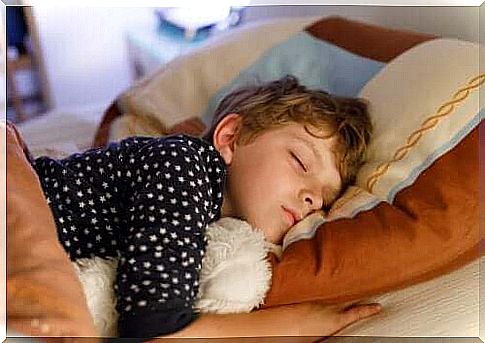
When are transition objects important?
The psychological functions of transition objects become very clear when the child feels distress, fatigue, and at bedtime. In these situations, the child wants to be particularly close to his or her attachment.
The child can also resort to their transition destinations again, even if they have already been rejected. This can be the case, for example, at significant moments, such as when a sibling is born, when a child starts school, or when they move to a new home.
A child often becomes attached to an object at the age of four to six months, and the attachment relationship to the transition object can last up to three to four years of age.
As the child learns to control his emotions and be more independent, the relationship with the transition object becomes more playful. The child may also replace the transition object with other interests.
